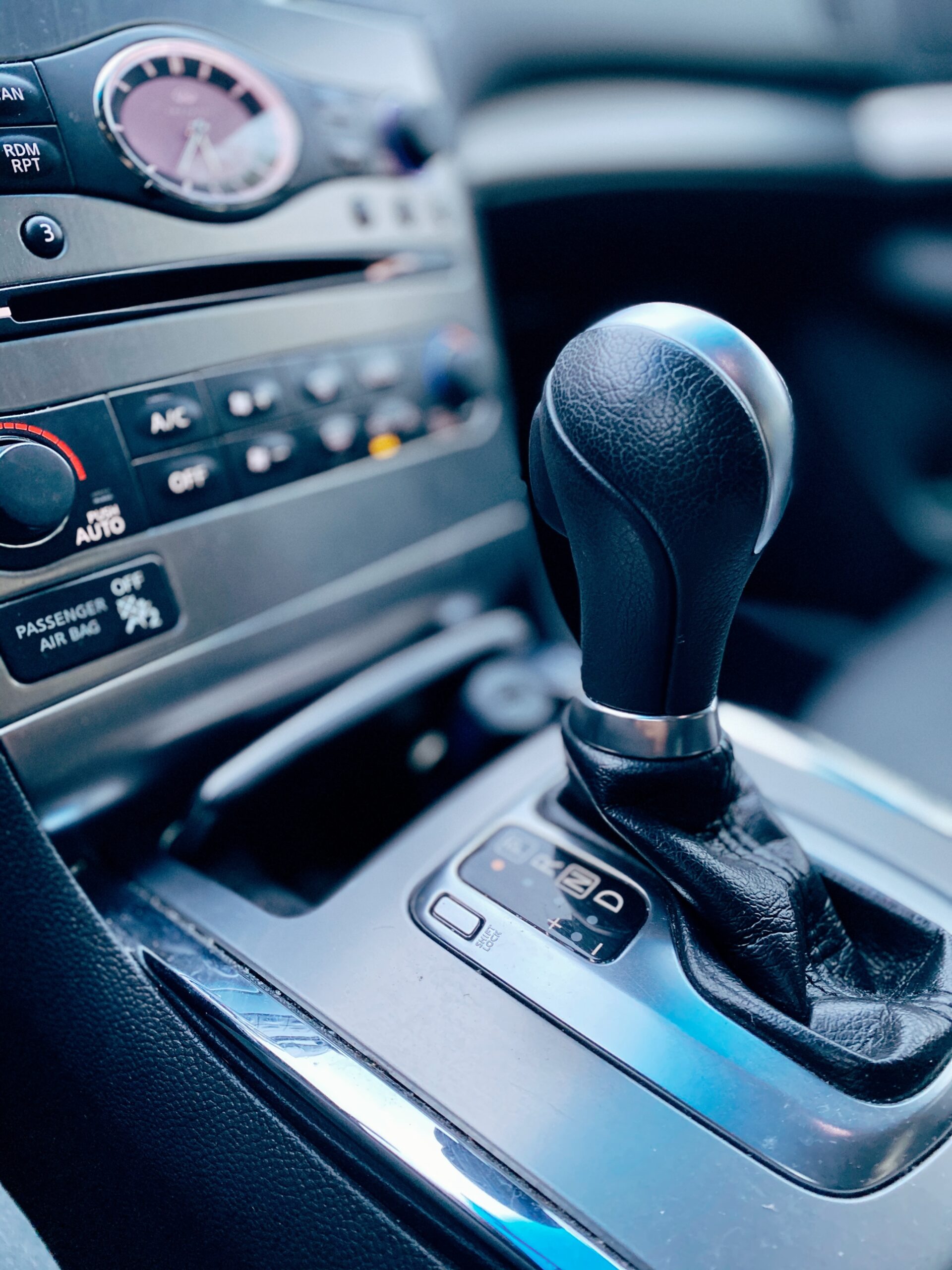7 driving habits that ruin your vehicle (and your bank balance)
Okay, time for a little honesty: how many bad driving habits have you picked up since ditching the L plates? If you’re sinking your chin in shame, don’t worry – you’re not alone.
Truth be told, most of us have picked up a few bad habits along the way. And as harmless as they may seem on our everyday commute, it’s only a matter of miles before they make a dent in your wallet.
With that said, here are 7 driving habits that ruin your vehicle (and your bank balance).
1. Riding the clutch
Up there as one of the most common bad driving habits is riding the clutch. This is when drivers rest their foot on the clutch pedal instead of using the off-clutch footrest.
You might think this isn’t a big deal, but failure to remove your foot from the clutch between gear changes shortens the life of your clutch plate which ultimately costs you money.
It’s also worth noting the clutch is a wear and tear item that’s rarely covered by vehicle warranty. If it needs replacing, it’s down to you to pay the bill!
How to break the habit: Keep your foot off the clutch pedal unless you’re changing gear or performing a manoeuvre that requires clutch control – such as a hill start.
2. Late braking
When staring in the face of a potential road accident, you have little choice but to hit the anchors. But outside of emergency scenarios, however, we strongly advise to go easy on the brakes.
By repetitively slamming the brakes, drivers cause excessive strain on the braking system which leads to accelerated wear and tear on your pads, discs and tyre treads. It also costs you more money in fuel. Ouch!
How to break the habit: Anticipate the road ahead and start applying the brakes in good time. Also, keep your distance from the vehicle in front (just like you were taught at driving school), and always obey speed limits.

3. Hitting potholes at speed
According to The AA, potholes cause damage to an average of 4,000 vehicles every month. That’s around a third of all UK vehicle damage.
Typical car damage includes buckled wheels, cracked alloys, busted suspension springs, broken shock absorbers, unbalanced tracking and much more.
In short, a single pothole could end up costing you thousands.
How to break the habit: Stay vigilant and regularly check your speed (especially when driving at night or in adverse weather).
4. Neglecting warning lights
With most modern dashboards having more lights than Brighton Pier, it’s a challenge to understand what they all mean.
It’s for this reason many drivers leave lights illuminated for days (and sometimes months) before getting them checked, simply because they don’t understand the severity.
As a first line of defence, it’s important you know what each warning light is telling you. If you’re unsure about any dashboard warning symbols, refer to your vehicle handbook or call our team.
How to break the habit: As busy as your life may be, act on a warning light as soon as it illuminates. It’s better to be safe than sorry.
5. Engine braking to reduce speed
For petrolheads, engine braking can be fun. But what’s not fun is the costly bill that follows. So if you want to avoid an eye-wateringly expensive trip to the garage, it’s best to leave the engine braking to Formula 1 drivers.
By repeatedly putting your engine under strain from aggressive braking, you’ll shorten the lifespan of crucial components such as the drivetrain, clutch and transmission.
How to break the habit: Anticipate the road ahead, brake in good time and always adhere to speed limits.

6. Resting hand on gearstick
A gearbox is dependent on the fluid movement of many independent parts. With a manual gearbox, for example, the gearbox is connected to a selector fork which, for short periods of time, is also connecting to a rotating collar.
By resting your hand on the gearstick while driving, small and constant pressure is applied to these components, accelerating the wear and tear of your gearbox.
How to break the habit: Keep both hands on the steering wheel at the ten and two o’clock positions.
7. Revving the engine when cold
As difficult as it might be to resist the sound of a cold exhaust roaring from sleep, keeping your revs in check until your engine is warm is a sure-fire way to save a few quid.
Once you’ve started your engine, we advise you wait two or three minutes before you exceed 2,000 revs.
How to break the habit: It’s best to keep the engine running for a few minutes before setting off, especially in winter weather. This gives your engine enough time to warm up and circulate oil.
As a safety measure, stay with your vehicle the whole time it is running – even if it’s on your drive. You can never be too careful.
If you’re worried your vehicle is underperforming or showing signs of wear and tear, book a FREE vehicle health check today by calling 01273 584 987.